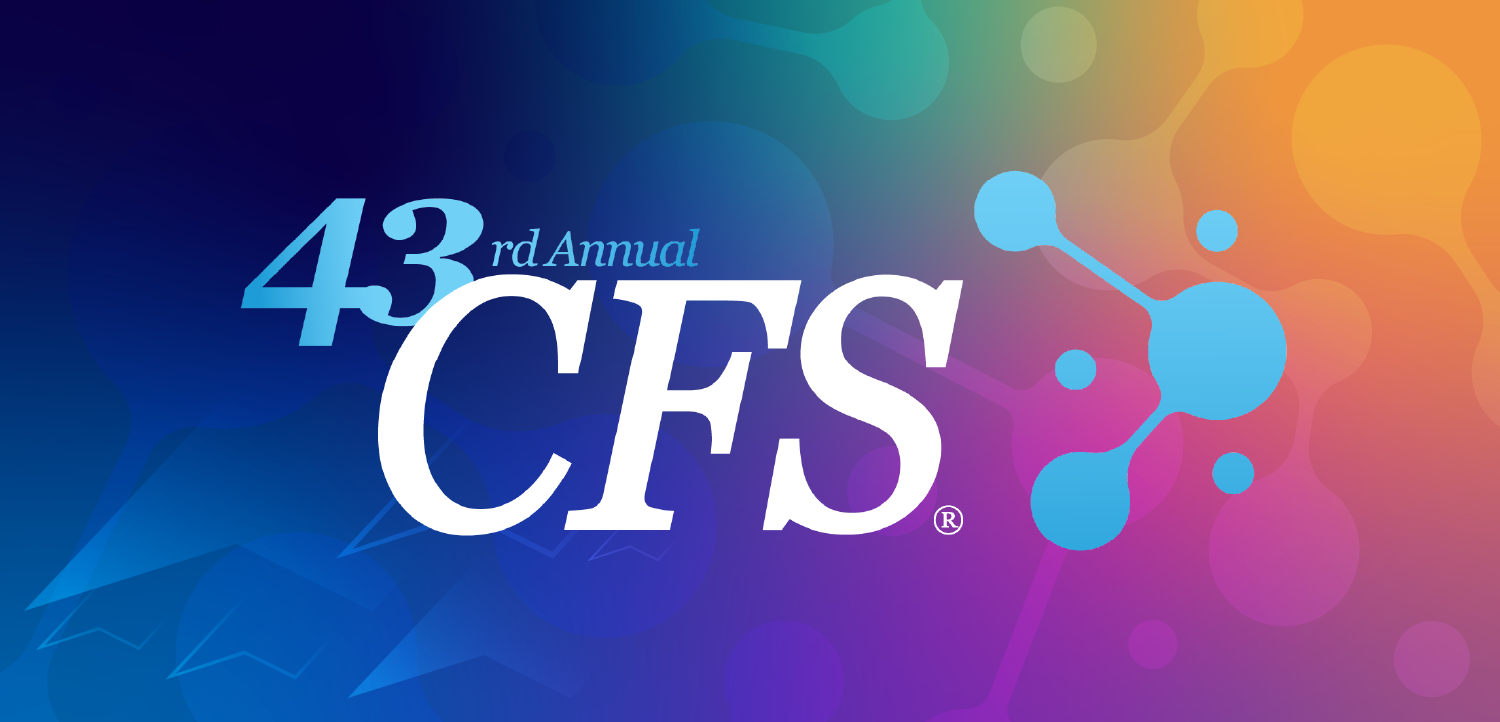
T2D, Prediabetes Accelerate Brain Aging, but Healthier Lifestyle May Counteract the Association
Type 2 diabetes and prediabetes were associated with accelerated brain aging, particularly among men and persons with poor cardiometabolic health, according to new research.
Type 2 diabetes (T2D) and prediabetes are associated with accelerated brain aging, particularly among men and persons with poor cardiometabolic health, according to a new study from the Karolinska Institute in Sweden. However, a healthy lifestyle, characterized by increased physical activity and no smoking or heavy drinking, may counteract this.
T2D is a known risk factor for
Glycemic status (ie, normoglycemia,
At baseline, 43.3% of the cohort (n=13 518) had prediabetes and 3.7% (n=1149) were diagnosed with T2D, researchers reported.
Results showed that, compared with normoglycemia, prediabetes (β = 0.22, 95% CI 0.10-0.34) and T2D (β = 2.01, 95% CI 1.70-2.32) were associated with significantly higher BAG. Specifically, on average, brain age was 0.50 years older than the chronological age of participants with prediabetes and 2.29 years older than the age of those with T2D. Among study participants with poor glycemic control (HbA1c of 8% or higher), BAG rose up to 4.18 years. Researchers reported that when used as a continuous variable, HbA1c was associated with significantly higher BAG (β = 0.77, 95% CI 0.65-0.90). In addition, T2D was associated with significant increase in BAG over time (β = 0.27, 95% CI 0.01-0.53), according to investigators.
In stratified analyses, researchers observed that the association between T2D and higher BAG was more pronounced among men (β = 2.32, 95% CI 1.90-2.74) than women (β = 1.51, 95% CI 1.04-1.99), and among those with a 2 or more cardiometabolic risk factors (β = 2.20, 95% CI 1.74-2.66) compared with 0-1 risk factors (β = 1.91, 95% CI 1.45-2.36).
In joint exposure analysis, investigators found that an optimal healthy lifestyle significantly attenuated the association between T2D and BAG. On average, the brain age was 0.78 years older than the chronological age of participants with T2D and an optimal lifestyle compared with 2.46 years older than those with a nonoptimal lifestyle. “Therefore, healthy lifestyle was related to a 1.68-year reduction BAG,” investigators wrote.
“Diabetes and even prediabetes were related to significantly older brain age in relation to chronological age, and diabetes was further associated with significant widening of the gap between brain and chronological age over time,” the authors wrote. “Our findings highlight diabetes and prediabetes as ideal targets for lifestyle-based interventions to promote brain health.”
Reference: Dove A, Wang J, Huang H, et al.
Newsletter
Enhance your clinical practice with the Patient Care newsletter, offering the latest evidence-based guidelines, diagnostic insights, and treatment strategies for primary care physicians.






























































































































































































































































































